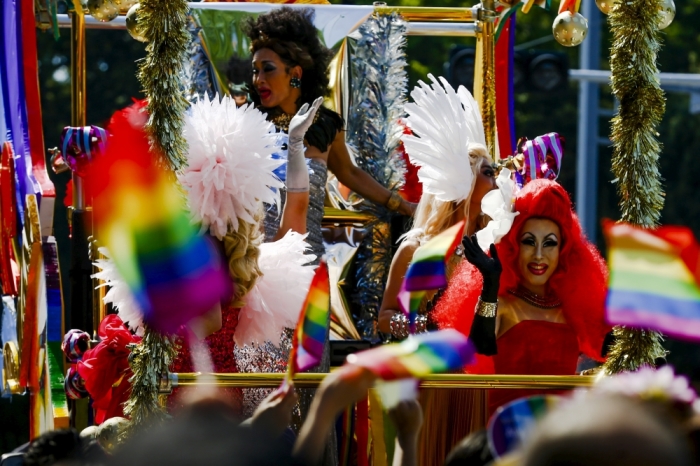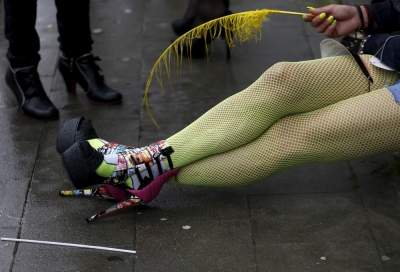Analysis: What Liberals Think About Transgenderism

The debate over transgenderism derives from different views over what it means to be male and female.
(Note: While the following attempts to fairly present how liberals view transgenderism, readers should be aware it is not the editorial viewpoint of The Christian Post.)
The Liberal View
The most common liberal view today is that sex and gender are not the same. Sex describes ones genitalia — boys have boy parts and girls have girl parts, which are determined by chromosomes (XX for girls and XY for boys). Gender, on the other hand, is socially constructed and determined by the individual.
Someone of the male sex can have the female gender if they believe they are female. This person might be referred to as a "transgender female." Someone with female sex chromosomes who believes they are male is a "transgender male."

"Transgender" describes both those who take hormones and/or use surgery to alter their appearance or genitalia, and those who have done none of those things but may dress as someone of the opposite sex. Sometimes "transsexual" is used to describe a transgender person who has had surgery, but use of these terms is inconsistent.
Those with intersex conditions, or malformed genitalia, are sometimes referred to as transgender by some in the transgender community, but the intersex community generally rejects this notion, arguing that intersex and transgender are separate phenomena.
Some transgender people are sexually attracted to members of the same sex and some are not. A transgender man, for instance, may desire to dress as a women and have sex with men, or they may desire to dress as a woman and still be attracted to women. A recent example of the latter is Caitlyn, formerly Bruce, Jenner. (S)he is taking hormones and has breast implants but still has a penis and wants to have sex with women.
Treating transgender people as if they are the opposite sex from what their chromosomes indicate is not simply seen as an act of respect — i.e. treat others as they prefer to be treated — it is an actual fact. In other words, a transgender man is not only described as female because doing so is believed to be beneficial to them, a transgender man is in fact a woman. Those who describe them as a man are factually incorrect, according to this view.
The liberal view also maintains that a transgender individual who has "transitioned" to the opposite gender was always that gender even before they transitioned. Like liberal views on homosexuality, they were "born that way." So, when you talk about their life before the transition, you would still use the opposite sex pronoun. For instance, when referring to Caitlyn Jenner you might say, "She won the men's decathlon. She was The Associated Press 'Male Athlete of the Year.' She was the father of six children." (Or, maybe mother? Some of this is confusing.)
Those who hold a different view are not only factually incorrect, they are behaving in ways that are hurtful and damaging to transgender people when they express their view, according to this liberal understanding. A person who feels that they should be a different gender than what their chromosomes indicate serve themselves best when they act to become more like their opposite sex. To do otherwise is do deny their true identity.
This understanding of transgenderism is consistent with how liberals view homosexuality. If a person has desires for sexual relations with someone of their same gender, then homosexual behavior is not only good, but best for them. To not act upon those desires is to deny their true identity, they say.
Not all liberals believe this, and some conservatives and libertarians do.




























